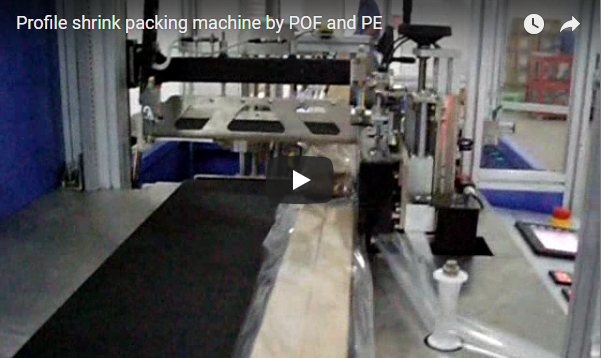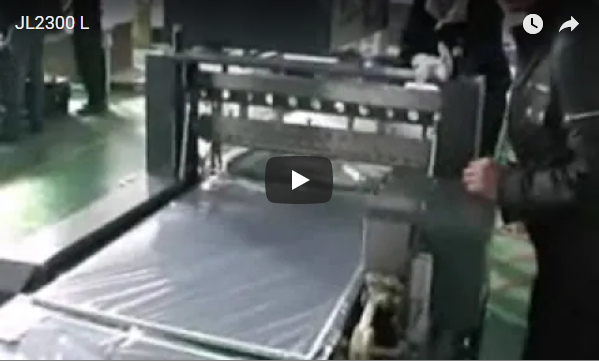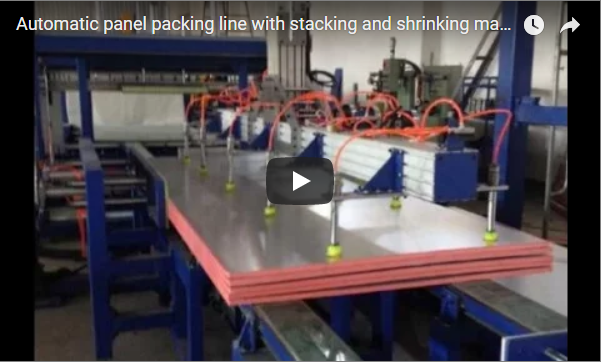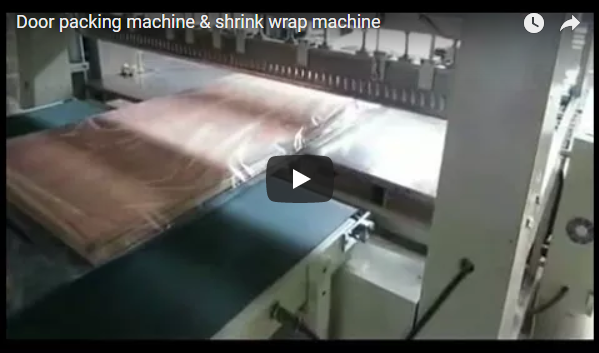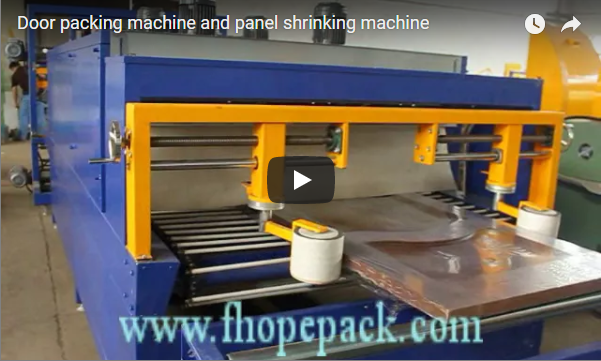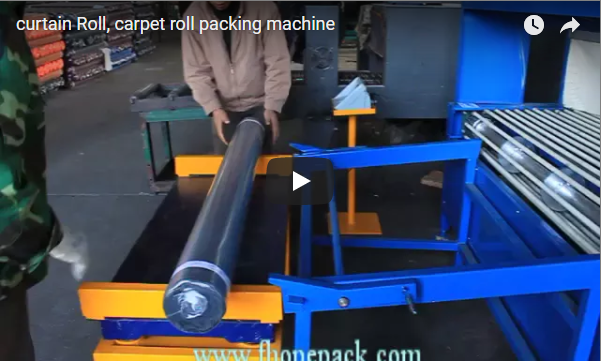The demands of e-commerce fulfillment and retail presentation require efficient and reliable packaging solutions. For footwear brands and distributors, ensuring shoe boxes arrive securely sealed and protected is paramount. The Fhopepack automatic L-sealer and shrink tunnel system, as demonstrated in the video above, offers a robust solution specifically designed for packaging shoe boxes with speed and consistency. This system integrates sealing and shrinking into a continuous operation, streamlining the packaging process.
Let's delve deeper into the technical specifications, design features, and operational benefits of this type of shoe box shrink wrap machine.
1. Operational Workflow: Sealing to Shrinking
The machine typically operates through a sequence designed for efficiency:
- Infeed Conveyor: Shoe boxes are manually placed or automatically fed onto the infeed conveyor. Photo-eye sensors detect the product's position.
- Film Advancement & Sealing: The machine automatically advances the center-folded shrink film. As the box moves into the sealing area, the L-shaped seal bar descends, simultaneously cutting and sealing the film around the box on three sides.
- Product Transfer: Once sealed, the conveyor transports the loosely wrapped box away from the sealing area, making way for the next box.
- Shrink Tunnel: The package smoothly transitions into the heated shrink tunnel. Controlled hot air circulation shrinks the film tightly and uniformly around the contours of the shoe box.
- Outfeed & Cooling: The finished, tightly wrapped shoe box exits the tunnel onto an outfeed conveyor, where it cools, finalizing the shrink process and creating a clear, protective wrap.
2. Key Features & Technical Specifications (Typical)

While specific model configurations may vary, here are common technical parameters for such a system:
- Machine Type: Automatic L-Bar Sealer with integrated Shrink Tunnel
- Sealing Method: Hot Knife L-Bar with PTFE-coated sealing blade
- Packaging Speed: 15 - 30 packs per minute (dependent on box size and film type)
- Max. Product Size (L x W x H): Approx. 550mm x 450mm x 150mm (21.6" x 17.7" x 5.9") - Adaptable range for various shoe box dimensions
- Seal Area Size (L x W): Approx. 600mm x 500mm (23.6" x 19.7")
- Tunnel Chamber Size (L x W x H): Approx. 1200mm x 500mm x 250mm (47.2" x 19.7" x 9.8")
- Compatible Film Types: Center-folded Polyolefin (POF), Polyethylene (PE)
- Film Thickness: 12 - 30 microns (0.5 - 1.2 mil)
- Control System: PLC Controller with Touch Screen HMI (Human Machine Interface)
- Temperature Control: PID digital temperature controllers for seal bar and tunnel
- Conveyor System: Variable speed conveyors (Infeed, Transfer, Tunnel Mesh/Roller)
- Power Supply: 380V/3Phase/50-60Hz (or customized)
- Power Consumption: Approx. 10-15 kW
- Machine Dimensions (L x W x H): Approx. 3000mm x 1000mm x 1600mm (Sealer + Tunnel)
- Construction: Powder-coated steel frame, stainless steel options for specific parts.
(Note: Specifications are illustrative and should be confirmed with the manufacturer for a specific model.)
3. Design, Structure, and Component Insights
The effectiveness of a shrink wrap machine lies in its design and the quality of its components:
- Robust Frame: A sturdy, well-engineered frame minimizes vibration, ensuring consistent sealing and long operational life. Access panels are crucial for maintenance.
- Sealing System: The L-bar sealer needs precise temperature and pressure control for strong, clean seals without burning the film. Safety mechanisms prevent the bar from closing on obstructions.
- Shrink Tunnel Efficiency: Uniform heat distribution is key. This is achieved through adjustable airflow dampers, high-quality heating elements, and effective insulation to conserve energy. Conveyor type (live roller or mesh belt) depends on the application; mesh is often preferred for stability.
- Conveyor Integration: Smooth transitions between the sealer and tunnel prevent package jams. Variable speed control allows synchronization with production line speeds.
- PLC and HMI: A user-friendly interface simplifies setup, stores product recipes for quick changeovers, displays operational status, and aids in troubleshooting.
- Sensors: Reliable photo-eyes ensure accurate product detection and positioning for consistent sealing and film usage optimization.
- Film Handling: The film cradle, perforator wheels (for air escape during shrinking), and dancer bars ensure proper film tension and smooth feeding.
4. Personal User Experience & Operational Advantages
Operators familiar with these systems often highlight several benefits:
- Ease of Operation: Modern PLC controls and touch screens make setup and adjustments intuitive. Storing parameters for different box sizes significantly speeds up changeovers.
- Consistent Package Quality: Automation eliminates operator variability, resulting in consistently tight, wrinkle-free packages with strong seals, enhancing shelf appeal and tamper evidence.
- Increased Throughput: Compared to manual or semi-automatic methods, a fully automatic system like this dramatically increases packaging speed, reducing labor costs and bottlenecks.
- Reliable Product Protection: The shrink wrap provides excellent protection against dust, dirt, moisture, and scuffing during transit and storage.
- Reduced Film Waste: Automatic film advance and precise sealing minimize unnecessary film consumption compared to manual methods.
- Maintenance: While routine maintenance (cleaning seal jaws, checking belts) is necessary, well-built machines offer good access to components, simplifying upkeep.
5. Versatility and Integration
While optimized for shoe boxes, this type of shrink wrapper can often accommodate other similar-sized products like books, software boxes, consumer electronics, or stacked items, adding to its versatility. Furthermore, these machines are designed for integration into automated packaging lines, receiving products directly from case packers or upstream processes and feeding them onto downstream conveyors or palletizers.
Conclusion
The Fhopepack automatic shoe box shrink wrap machine represents a significant step up in packaging efficiency and product presentation for the footwear industry. By combining automated L-sealing with an efficient shrink tunnel, it delivers consistent, high-quality packaging at speeds suitable for demanding production environments. Its robust design, user-friendly controls, and the protective qualities of shrink film make it a valuable asset for protecting products, enhancing brand image, and optimizing packaging operations.
For detailed specifications or inquiries about adapting this technology to your specific needs, visit the manufacturer's website: www.fhopepack.com

